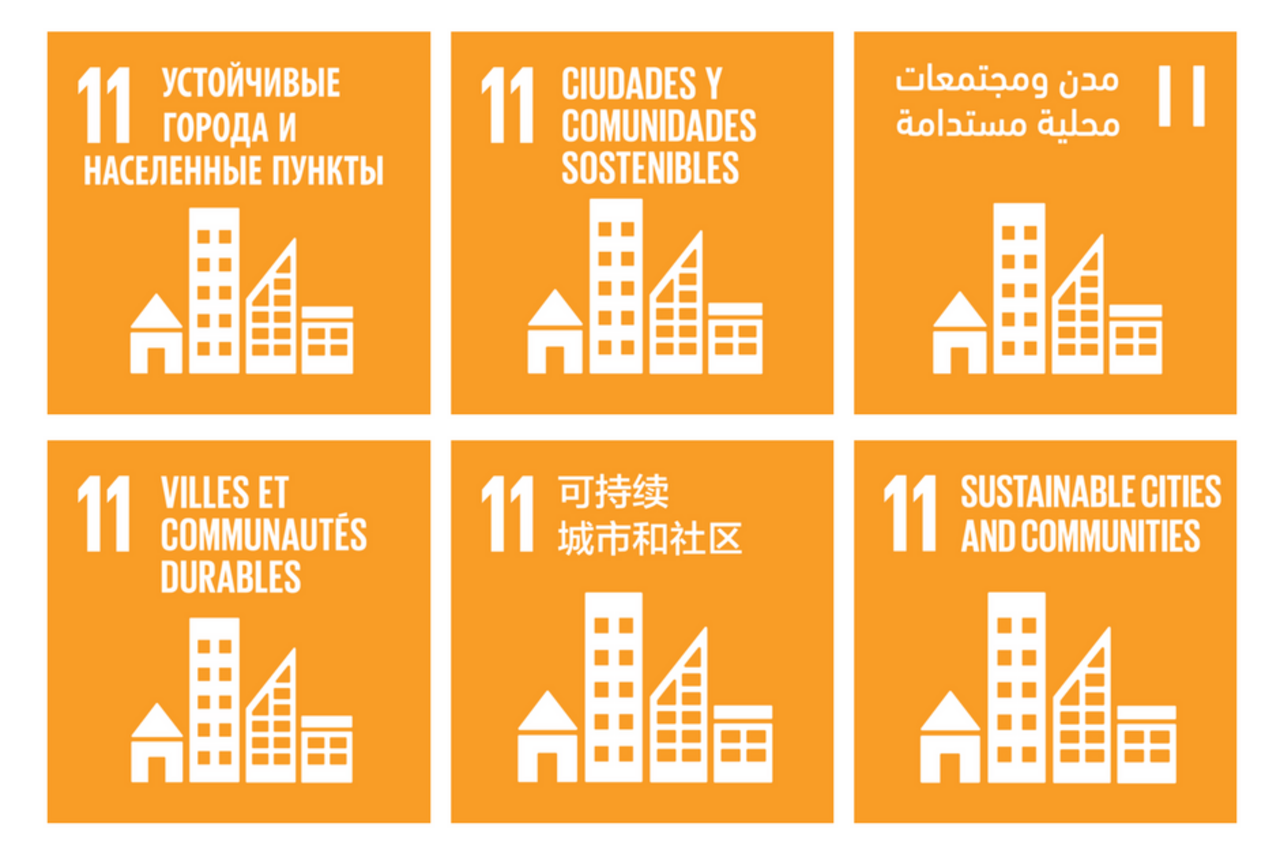METHODS
General Methodology
Social innovation consists in starting from the needs of the people concerned, and working upwards towards solutions that are technically feasible, socially relevant, environmentally positive, and economically viable.
Rooted in the principles of social innovation and aimed at achieving the Sustainable Development Goals (SDGs) at a local level, the Chair’s projects are developed in collaboration with the people directly concerned. They seek to generate knowledge that is useful for identifying innovative, high-impact solutions for the relevant stakeholders:
- Identification of a problem linked to climate change in the MENA region (by UN agencies or teaching-research staff at Université Gustave Eiffel);
- Territorial diagnosis to identify the stakeholders concerned by the problem;
- Refinement of the problem definition, as experienced by the stakeholders themselves;
- Formation of multidisciplinary teams (researchers, lecturers, students from member institutions and Chair partners, as well as local institutional actors partnered with the Chair) to define action-research projects, participatory workshops, or other formats suited to addressing the identified issue;
- Implementation of project activities;
- Evaluation of the project’s contribution to the SDGs.
Action Research
Action research is a collaborative form of inquiry based on dialogue between researchers and practitioners. Its aim is to develop scientific knowledge through the resolution of a concrete, context-specific problem. It requires a shared objective, respect for the interests of all parties involved, time for mutual understanding, and the establishment of trust.
Open Science
The aim of the Chair is to develop new knowledge to uncover tomorrow’s economic, societal and environmental innovations through an open science approach, as defined by UNESCO.
“Open science aims to make scientific work (publications, data, algorithms, etc.) accessible and shareable with the research community and the general public. Open science seeks to rethink, enhance, and support research practices and processes, while involving society in the production of knowledge. Committing to open science means being willing to evolve scientific practices to ensure greater quality and transparency in science, research, and innovation.”
— Université Gustave Eiffel
Transdisciplinarity
The Chair supports the collaborative work of teams from its various member institutions and partners, who operate across diverse disciplines: management and economics, urban engineering, urban planning, economics, architecture, sociology, and more.
SDGs: Sustainable Development Goals
The 2030 Agenda for Sustainable Development, adopted by all UN Member States in 2015, provides a shared framework for peace and prosperity for people and the planet, now and into the future.
It includes 17 Sustainable Development Goals (SDGs): clear objectives built upon decades of work by the United Nations and its member states. These goals address poverty and deprivation through strategies aimed at improving health and education, reducing inequalities, and fostering economic growth—while also tackling climate change and working to preserve oceans and forests.
Each of the Chair’s projects incorporates one or more of the United Nations' Sustainable Development Goals (SDGs).
Particular focus is placed on SDG 11: “Make cities and human settlements inclusive, safe, resilient and sustainable.”
“The strategic plan of the Human Settlements Programme reaffirms that ‘housing is a human right and a public good.’”
— António Guterres, Secretary-General, United Nations (2025)
The Urban Engineering Approach
The ISCI‑MENA Chair operates within the EIVP (École des Ingénieurs de la Ville de Paris), the leading French institution for urban engineering.
The canonical definition, as presented by Claude Martinand in Annales de la recherche urbaine, 1982, is as follows:
"Urban engineering can be considered, from a strictly technical perspective, as the set of techniques required for urban infrastructure and services," which implies addressing all the components that make up a city;
These components must be understood as part of an “urban system to be conceived in its entirety (urban planning aspects), implemented, developed, and managed (urban management), with all its social implications,” meaning that the interactions between these components—and with inhabitants/users—must be considered;
“Coexistence” of equipment and infrastructure, often governed by multiple stakeholders within a dense urban space, frequently leads to conflicts of use, making it essential to “emphasise coordination.”
This classical definition has since been enriched by perspectives that place greater emphasis on innovation, citizen participation, and the contributions of digital technologies, as further explored in the publication Le génie urbain revisité (UE 2016) | École des ingénieurs de la ville de Paris.

